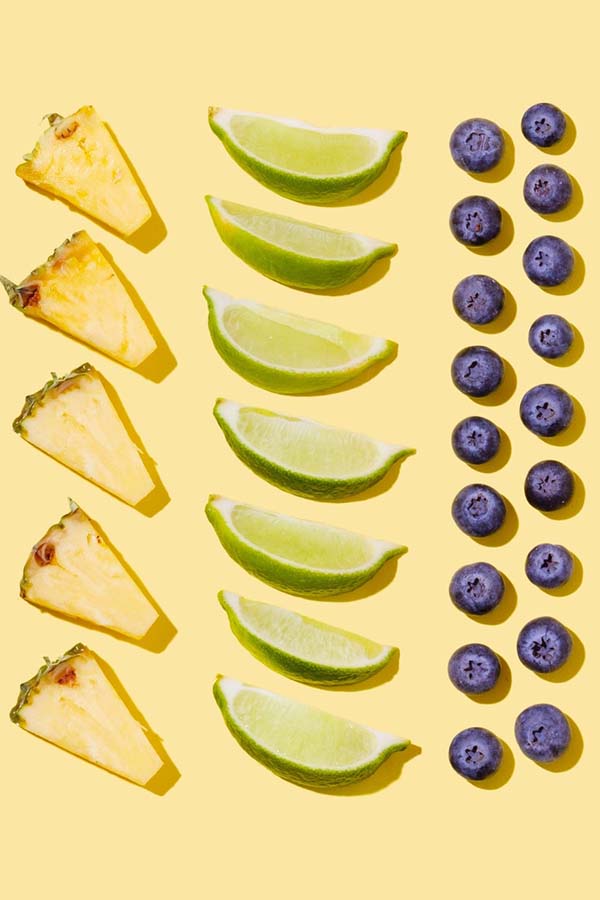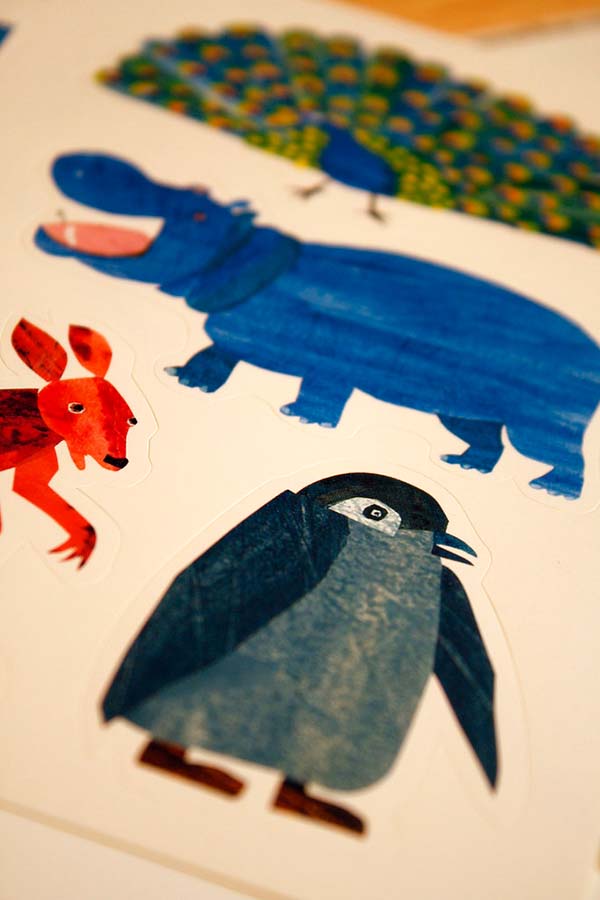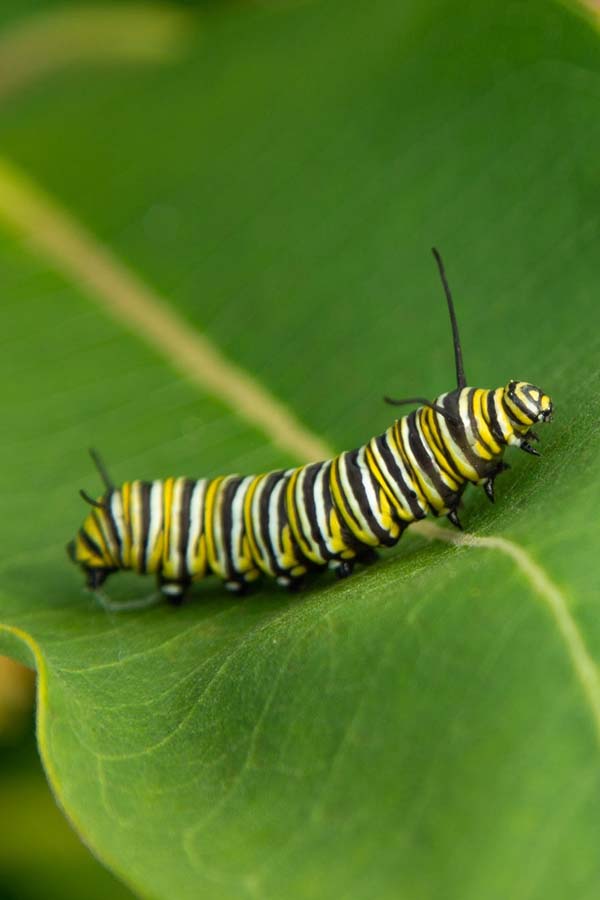settings
children
With Famly since
As an early years educator, you can go even further and turn reading one of the children’s favorite books into a whole day of fun activities and learning.
With activities that build off themes in the book, children will immerse themselves deeper into the story, and see how The Very Hungry Caterpillar’s lessons can be further explored with hands-on, active learning.
The Very Hungry Caterpillar activities for Early Years
1. Use body movements to help children learn about life cycles

Source: artscenter.org
How it connects to The Very Hungry Caterpillar: Through different types of body movement (enhancing their motor skills), children get to explore through play aout the metamorphosis of a caterpillar into a butterfly. You’ll be able to move through all the four life stages presented in The Very Hungry Caterpillar, with loads of laughs along the way.
What you’ll need:
- Leapfrog bags, large pillowcases or sleeping bags
- Some colorful handkerchiefs
How you do it: For the egg life stage, have children crouch down, grab their ankles, and round their bodies into the shapes of little eggs. Then, encourage them to squirm like tiny worms as they become larvae. Next, they’ll get into their bags, with the colorful handkerchiefs inside — representing the cocoon phase. FInally, have children pop out of their sleeping bag cocoons, waving their colorful handkerchief wings to celebrate becoming butterflies.
2. Use real fruits to help children learn to sort and count

Source: activelittles.com
How it connects to The Very Hungry Caterpillar: Children get to learn about the different fruits that our hungry caterpillar eats, and discuss healthy eating and food choices while they sort and count their fruit. On top of that, to add the fun factor to this lesson, you can encourage children to pretend they’re feeding The Very Hungry Caterpillar each piece of fruit as you read along with the story.
What you’ll need:
- A basket with the same fruits as those in the book (like pears, plums, strawberries, oranges and grapes)
How you do it: As you get to the part where the caterpillar’s eating the different types of fruits, encourage the little ones to recognize and pick the same types of fruits from the fruit basket. It’s also important to count and take the same amounts of apples, pears, strawberries and so on. In the end, you can pause the reading and help them count all the fruits the caterpillar will have eaten by counting the little piles of fruits they’ve collected up to that point.
3. Use toilet paper cocoons to explore metamorphosis

Source: team-cartwright.com
How it connects to The Very Hungry Caterpillar: Here’s where you tackle a core question: how does a caterpillar even turn into a beautiful butterfly? This is a great experimental learning activity for children to understand better the metamorphosis taking place in the book, through a fun representation of how the former caterpillar emerges in its new form.
What you’ll need:
- Several rolls of toilet paper
How you do it: Once you finish reading the story, ask children their thoughts on how a caterpillar turns into a butterfly — and why? Then, to make that transformation process stick, you can practice it in your classroom. Wrap children up in toilet paper as they stand still, arms at their sides. Ask them to imagine being little caterpillars, preparing to emerge as butterflies. Then, encourage them to break free from the toilet paper cocoons as little butterflies and flap their wings! If you want, you could create and decorate your own cardboard butterfly wings, to make the whole activity even more memorable for your children.
4. Paper collages inspired by Eric Carle’s picture book illustrations
Source: notjustcute.com
How it connects to The Very Hungry Caterpillar: The simple and colorful collage style of Eric Carle’s illustrations is as appealing and imagination-stirring for the little ones as the story itself.

This activity encourages the children to get creative, learn about shapes, colors, and different sizes, and use both their small and large motor skills as they’re putting together their caterpillar collages. Plus, you'll end up with a whole stack of lovely picture book art to decorate your classroom, or send home to families.
What you’ll need:
- Paper (thin crepe or tissue paper works best)
- Paint
- Glue
- Crayons
How you do it: Cut out small paper circles and have the children paint them in the colors of The Very Hungry Caterpillar. If you do this after you’ve analyzed a real caterpillar in your setting’s yard, it would make the activity even more effective. If not, just take a look at the book’s illustrations. Then, have them glue the circles together to create their own caterpillars! You can use markers to give the caterpillars legs, antennae, or even a cute little hat.
5. Use real caterpillars to help children discover butterfly life cycles
Source: everydaychaosandcalm.com

How it connects to The Very Hungry Caterpillar: It’s such a great opportunity for the little ones to witness and learn, first-hand, about the four different life stages of a butterfly as you’re reading them in The Very Hungry Caterpillar. Plus, it’ll get you outside and exploring your local green areas.
What you’ll need:
- A leaf with a caterpillar egg
- Extra leaves (make sure to bring the correct food inside, for that specific type of caterpillar)
- A little container habitat for insects
How you do it: Take a trip to the park, or just a fun outing with the children in your setting’s yard and look for a leaf with caterpillar eggs on it (look underneath the leaves for eggs, too). Bring it inside for the little ones to witness, over a few weeks, the magical transformation. Create a little habitat, and gather every day to check in and talk about your new class pet. They’ll get to observe it, witness the small changes, day by day, feed it, and, finally... gently release the butterfly into nature.
6. Make up your own story about a caterpillar
Source: steemit.com
How it connects to The Very Hungry Caterpillar: This storytelling activity encourages the little ones to unleash their creativity, and helps them process the concepts they’ve explored in the story. Dive into the world of Eric Carle, and bring your own caterpillar to life!

What you’ll need:
- A place to sit together
How you do it: Come up with the first line for the story they’ll create together. Something like: “I have a caterpillar living in my backyard. His name is … his color is... he has... legs and he loves to eat... all day long. He also has a best friend, (maybe another insect).”
Guide children through their own story by asking them different open questions, like “What do they do in the forest all day? How do they pass over the thick branches? Are there any other insects that live nearby? What happens when X sleeps for a little bit longer? When he wakes up as a butterfly, what color is he? What size?” Go in a circle, and take turns building your story word by word, or sentence by sentence.
7. Use the “Caterpillar Song” to learn life cycles through song
Source: notimeforflashcards.com
How it connects to The Very Hungry Caterpillar: Here’s another way to reinforce the life cycle concepts children learn about as you’re reading. It also encourages them to practice their motor skills through dance, and learn the sounds and meaning of different words through singing. Plus, it’s always good to sing together!

What you’ll need:
- The lyrics of the song:
The little caterpillar snuggled on a leaf,
Spun a little chrysalis and then fell asleep,
While she was sleeping she dreamed that she could fly,
When she woke up she was a butterfly.
How you do it: After you’ve read The Very Hungry Caterpillar to the children, you might want to encourage them to sing this song together, so they can better absorb what they’ve just learned about the metamorphosis of the caterpillar. Make sure you accompany the lyrics with expressive mimics and suggestive moves while giving them the freedom to add their own little choreographies. Some little butterflies might want to flap their arms while standing on the chairs, while others might want to “take off” and run around the room flapping their butterfly wings. This is a great activity to combine with the first activity on this list!
The big ideas
Please note: here at Famly we love sharing creative activities for you to try with the children at your setting, but you know them best. Take the time to consider adaptions you might need to make so these activities are accessible and developmentally appropriate for the children you work with. Just as you ordinarily would, conduct risk assessments for your children and your setting before undertaking new activities, and ensure you and your staff are following your own health and safety guidelines.
Get 1000s of free EY activities
Want over 7,000 activities? See them in a free 14-day trial. Filter to target learning areas, age groups and topics, and get inspired.
Get started









